What Wildfire Archaeology Tells Us About the Burning American West
Archaeologists in New Mexico are studying past wildfires through tree rings and pottery sherds.
This work first appeared on SAPIENS under a CC BY-ND 4.0 license. Read the original here.
As I type, the American West is ablaze with more than 100 devastating wildfires. Many of these are record-setting in both size and intensity. Several, including one in my home state of Colorado, have been so intense they’ve created their own thunderstorms.
Science shows that wildfires have been getting more destructive over the last several decades. The question is: Why? Are they getting worse due to climate change? Or is it due to human encroachment on once-remote forests?
Or, counterintuitive as it may seem, are federal wildfire suppression policies to blame?
In the U.S., forest fire management policies date back to the 1880s, shortly after Yellowstone National Park was established in 1872. After a roughly 50-year period in which some wildfires were allowed to burn, in 1935, the U.S. Forest Service formally adopted the “10 a.m. policy.” All forest fires were supposed to be put out by the morning after they were first spotted. To enlist Americans in these efforts to suppress forest fires, in 1944, the U.S. Forest Service introduced Smokey Bear, who would go on to become one of the most iconic cartoon animals of all time.
For over 75 years, Smokey has taught generations of Americans to be responsible environmental stewards with his admonishment, “Only YOU can prevent forest fires!” But Smokey’s message is predicated on a faulty assumption—that forest fires are inherently bad for people and the environment.
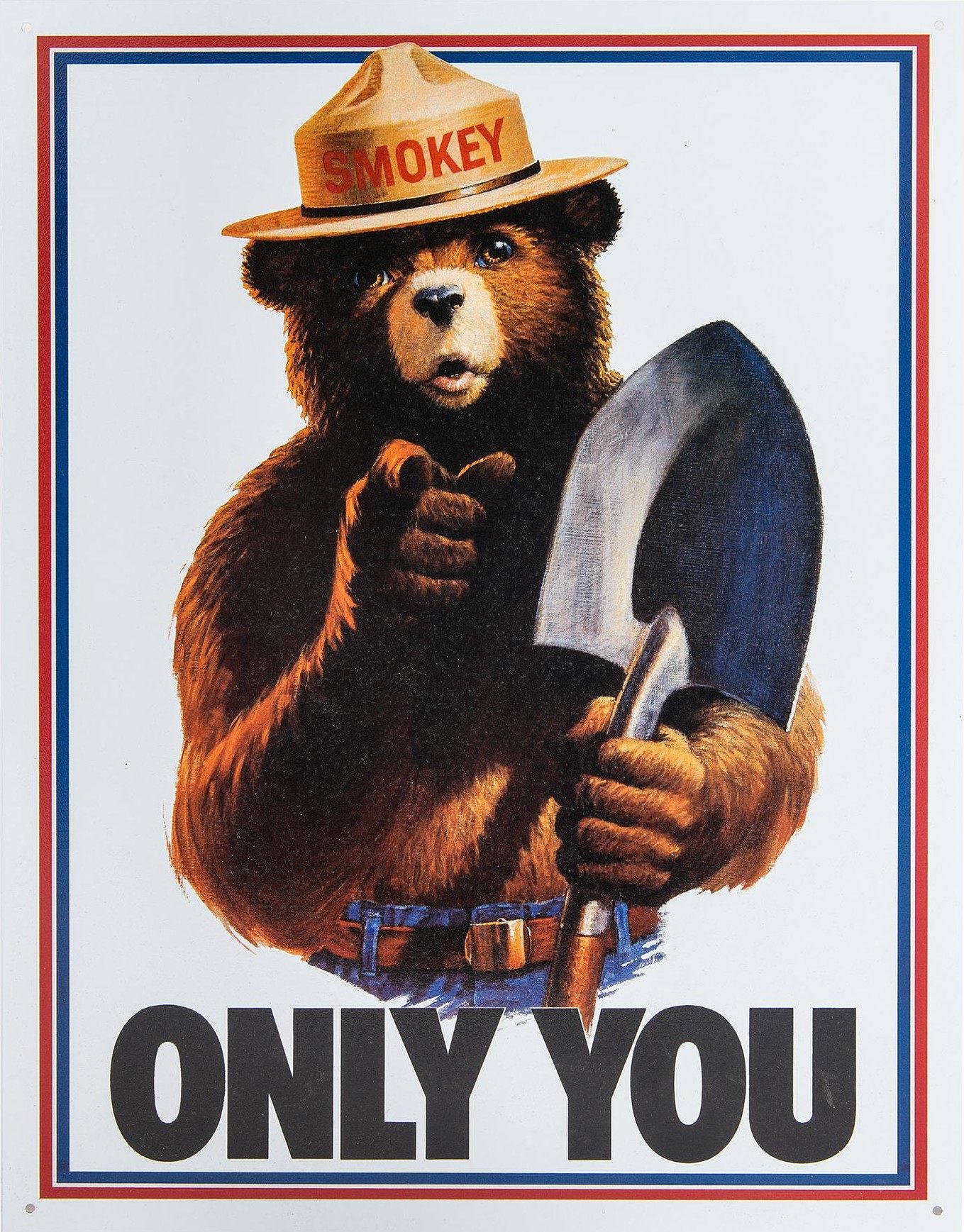
This assumption goes against the Traditional Ecological Knowledge of many Native American tribes who have long used fire as a crucial part of land stewardship practices. In recent years, even the U.S. Forest Service has come around to this understanding and now supports the use of prescribed burns to return forests to a healthier state.
Innovative research by archaeologists working in New Mexico points to the same conclusion: Forests across the American West are desperately out of ecological balance, and federal fire suppression policies are partly to blame. But how have these archaeologists actually gone about providing convincing evidence for this claim?
The story starts at Wabakwa, an archaeological site in northern New Mexico that dates to around 1140 to 1470. Wabakwa was a large village consisting of 800 to 1,000 rooms, located on a high ridge top in a fire-prone ponderosa pine forest in the Jemez Mountains. The inhabitants, Ancestral Puebloans, grew maize and other crops in the fertile soil, hunted, and gathered wild plants. Their descendants now live in Walatowa (a.k.a. the Pueblo of Jemez) and other northern New Mexico communities.
For archaeologist and “human pyrogeographer” Christopher Roos, Wabakwa provided an ideal site to explore the unintended consequences of fire suppression. Roos studies ancient fire regimes, or the historical patterns, frequencies, and intensities of fires in a particular area, in order to understand the role Native Americans have played in forest management through time. In a recently published study, Roos and his colleagues looked at how different fire management styles have affected the health of the forest ecosystem at Wabakwa over the past 900 years.
Using dendochronology, or tree-ring dating, the team examined fire-scarred trees in and around Wabakwa and found three distinct patterns. From around 1100 to 1650, small, patchy fires were common in the area. These fires, which often affected only one or two ponderosa pines, would have been set by the inhabitants as part of their subsistence and cultural practices, probably to manage plant resources and maximize agricultural productivity.
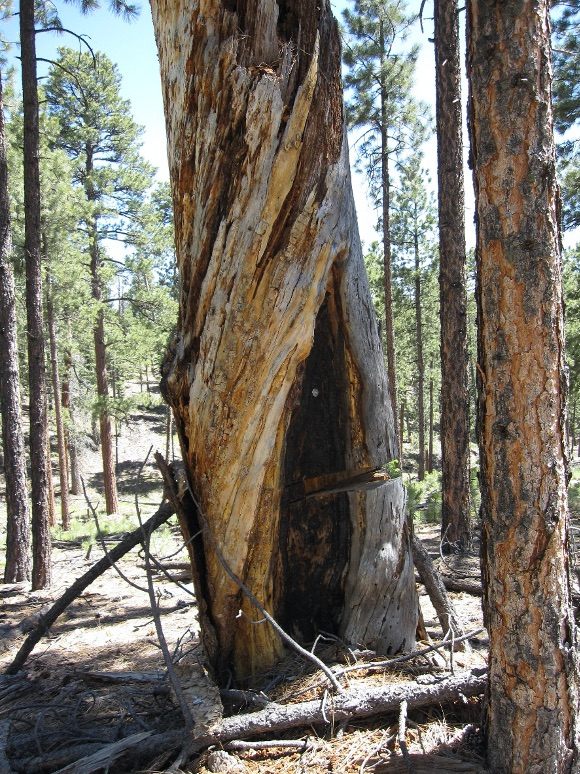
Once Native Americans left the region, those patchy fires stopped, and nature took over again. From the late 1600s through about 1880, according to the fire scars in the trees, there were widespread, low-level wildfires that affected larger numbers of ponderosa pines. This pattern is consistent with other ponderosa pine forests across North America, where wildfires occur naturally every 15 to 20 years or so.
Finally, from the late-19th century up until today, coinciding with the period of federal fire suppression, as well as livestock grazing and logging activities (largely by Euro-Americans), the team found evidence of significant changes to the forest structure. With low-intensity fires no longer passing through the area, the forest became denser and overgrown, with lots of trees having germinated since the last recorded wildfire in 1893. The amount of combustible materials, such as leaves, needles, and branches—what scientists and forest managers call the “fuel load”—also increased significantly due to the lack of fires during this period.
In 2012, after 119 years of suppressing fires in the Jemez Mountains, the U.S. Forest Service allowed a fire to move through Wabakwa once again. This prescribed burn, part of the Jemez Mountain Restoration Project, was designed to carefully remove the unnaturally heavy fuel loads that had built up because of fire suppression practices since the 1890s.
With all these different fire management styles at one place, Roos and his team had the perfect set of conditions to test their hypothesis. In doing so, they used a remarkable technique for dating pottery sherds that had never been used for quite this purpose before: optically stimulated luminescence (OSL) dating. Bear with me—the details of this technique are cool but complicated.
OSL dating works on pottery and other objects that contain certain sediments. That’s because the grains of quartz sand found in these sediments contain a record of when they were last exposed to extreme heat or light. Quartz crystals have flaws, or traps, built into their crystalline structure. When exposed to ionizing radiation, which is naturally everywhere in our environment, stray electrons become embedded in these quartz traps at a rate that is reasonably consistent over time. Once trapped, the electrons accumulate in ever greater numbers. The electrons remain trapped until a blast of light or heat energy—from, say, an intense fire—allows them to escape, thus resetting the quartz crystal’s internal clock (as it were) to zero.
With OSL dating, scientists provide a blast of resetting energy by applying light (hence the term “optically stimulated”) to the quartz under tightly controlled conditions. When they do, trapped electrons burst free and give off light (or “luminescence”). Scientists measure the light that is emitted after the blast and use it to calculate the amount of time since a quartz crystal’s clock was last reset.
Usually, when archaeologists use this method on pottery, they are trying to find out when the vessel was manufactured; the quartz clock gets reset when prepared clay is fired in a kiln that reaches between 300 and 500 degrees Celsius. But Roos and his team used this dating method for a different purpose: To figure out the last time a fire moving through the forests near Wabakwa had been intense enough to reset the quartz clocks of sherds found in the area. By doing that, they figured, it would be possible to determine if modern fire suppression practices have led to stronger, longer-lasting wildfires.

The team collected 32 pottery sherds from Wabakwa. Roughly one-third of these had been exposed to intense heat in the 2012 prescribed burn. Another third had been put through wildfires historically but were missed by the recent prescribed burn. Yet another third were buried deep within the rooms of the pueblo and had not been exposed to prolonged heat since they were first manufactured.
The team then submitted these samples to OSL dating. As predicted, the quartz clocks of all the sherds that had been burned in 2012 had been reset. Others, which had been exposed to wildfires prior to the era of fire suppression but not to the 2012 fire, did not have their clocks reset, nor did those that had remained buried.
In other words, the prescribed burn in 2012 was indeed more intense than any fire in the region during the last 900 years, almost certainly due to federal fire suppression policies and resulting fuel buildup.
I remember a TV commercial from 1970, the year I turned six years old. That 30-second spot shows a wooden match igniting, then burning in slow motion. After an excruciating, mesmerizing few seconds, the narrator sternly reminds viewers: “Matches don’t start forest fires. People do. Next time, think before you strike.” The message was clear: It was up to people like me to protect the forests.
I was too young then to understand the concept of irony and the law of unintended consequences. But it’s clear to me now that more than a century of fire suppression in the American West has created a very dangerous ecological imbalance. Thanks to the work of archaeologists at Wabakwa, we now have convincing evidence that ponderosa pine forests that were once effectively managed by humans and natural wildfire cycles have become flammable tinderboxes.
It’s going to be exceedingly difficult to rectify this situation. That said, collaborative research between various federal agencies, universities, and Native American tribes suggests that a return to Indigenous fire management practices can indeed prove effective in mitigating our current situation. I hope we’re not too late.
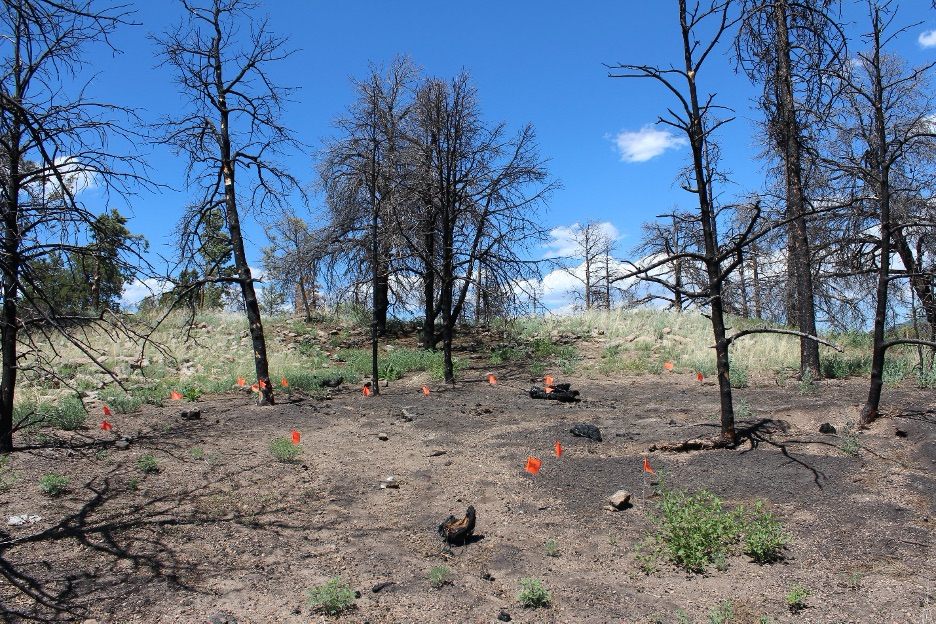
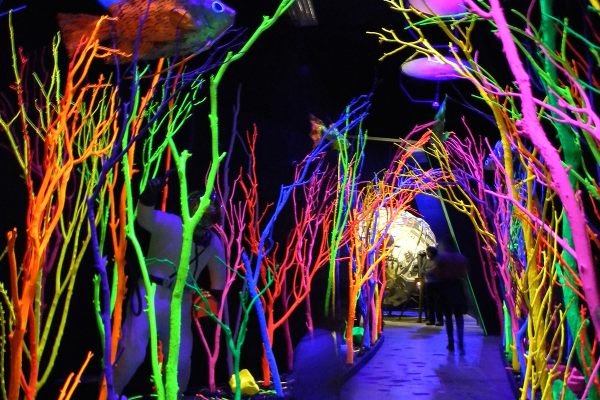
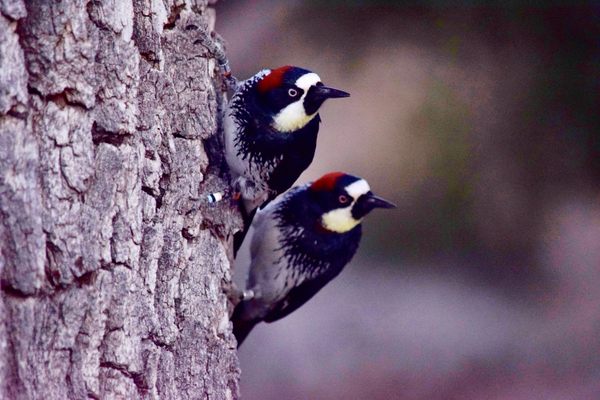



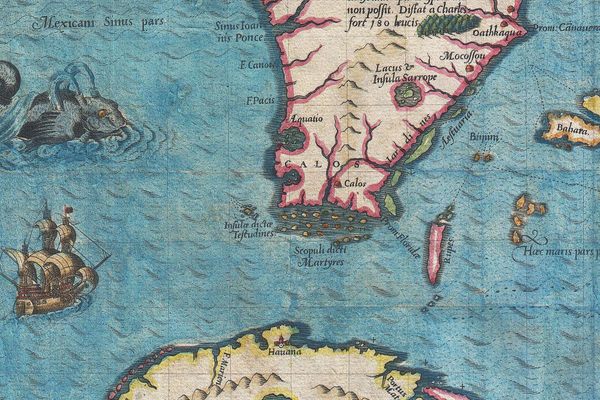












Follow us on Twitter to get the latest on the world's hidden wonders.
Like us on Facebook to get the latest on the world's hidden wonders.
Follow us on Twitter Like us on Facebook